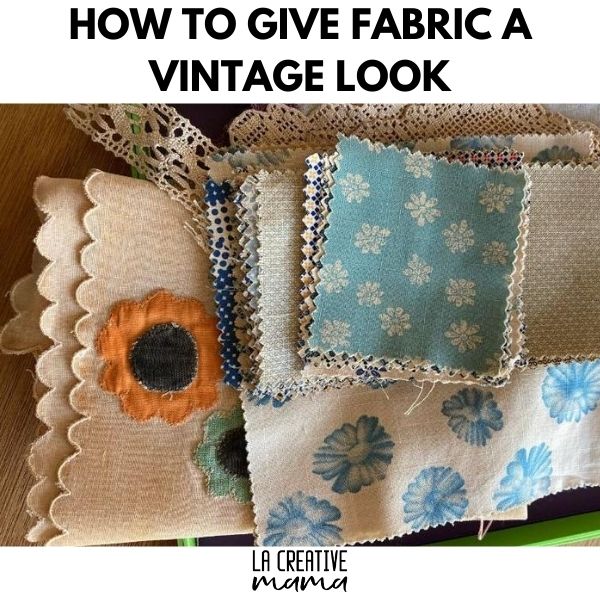7 Easy Facts About All 4 Way Stretch Fabrics Explained
7 Easy Facts About All 4 Way Stretch Fabrics Explained
Blog Article
Excitement About All 4 Way Stretch Fabrics
Table of ContentsAbout All 4 Way Stretch FabricsAll 4 Way Stretch Fabrics Things To Know Before You BuyThe Of All 4 Way Stretch FabricsNot known Details About All 4 Way Stretch Fabrics All 4 Way Stretch Fabrics Fundamentals ExplainedRumored Buzz on All 4 Way Stretch FabricsAll About All 4 Way Stretch Fabrics
As I also desire UV security from my garments when I go out, I would select a largely woven cotton material. Also the undergarments is better in cotton (No spandex bands anywhere near the skin). Check out the ideal textiles suitable for making summer season garments. One more consideration when buying the textile is the way it will after washing.A secure wager would certainly be to acquire at the very least 10% added textile. If you can buy preshrunk textile, this is the best. Preshrunk textile will have labels that will claim" and so on. If you are seeking a fabric that will certainly not extend or lose form, you can seek the "anti-sag" label.

If you are matching the shade, like selecting the cellular lining for the main material or picking fabric to include as trim, this is particularly important. The fabric showrooms will typically have a light well where you can see the fabric in sunshine (or a window with great light from outdoors).
Top Guidelines Of All 4 Way Stretch Fabrics

Most textiles have to do with 44 broad. When you most likely to buy material, estimate just how a lot you desire first and after that most likely to the store. Look into this article to recognize the response to this often listened to concern "Just how much textile do I require". With a fat quarter, you will get an 18 wide by 22 long.
Some terrific bargains can be had this means. In dressmaking, we acquire material by the yard/meter.
All 4 Way Stretch Fabrics - The Facts
In a quarter of a backyard, you obtain a 9 by 44 strip of textile, which has to do with 22 centimeters in length. It is constantly far better to buy broader towel. According to the width of materials, they might be called single-width and double-width. Single size is normally up to 49 inches in size and double width up to 60.
You can discover more regarding lawn to meter conversion here. Check out this blog post on reviewing a measuring tape Select materials that are not also hard or inflexible, or you wouldn't fit in them. Bed linen, Jeans, flannel, For cooler climates, choose woollen (100% along with woollen blends) wool tweeds, wool crepe; it generally relies on what pants you are discussing Tailored pants, Unstructured Pant, Combined, Pants.
All cotton materials are great for kids. Knit fabrics are likewise fantastic for youngsters you can go for wool knits.
About All 4 Way Stretch Fabrics
Cotton yard towel in beautiful prints is fantastic. Silk jersey is an excellent textile for sewing skirts, as is Ponte Roma knit material.
Drapey rayons, soft woollen, lycra blends, and stretch velvets are all appropriate for sewing skirts. Woollen (Wool crepe has a wonderful drape and gives sufficient structure for jackets; woollen tweeds are fantastic as well), Linen & Flannel. Raw silk, satin, taffeta, velvet, Lace, silk chiffon, and Organza are all fantastic for making dresses.
You can acquire medium-weight materials with some spandex/elastane added for a fitting bodycon-type dress. For drapey dresses, you can choose lightweight fabrics. Crepe, challis, and charmeuse are all drapey fabrics fit for this style.
Lightweight cotton material, Cambric, Chintz, Twill, Faille, Seersucker, Poplin, lightweight woven broadcloth, batiste, bed linen, eyelet are great for making shirts and blouses. Smooth satin fabric is excellent for making ventilated tops. When purchasing formed material (most of the patterned fabric comes with a width of 45 or 54 inches), there will certainly be pattern repeat in these fabrics, and this ought to be taken into factor to consider when cutting fabric as well as getting them i.e., if you desire to match the patterns at the seams.
More About All 4 Way Stretch Fabrics
This article has the names of all the checkered patterns and this, stripe patterns. The motifs will certainly be distributed in a scheduled style on the fabric. Yet you might discover in some cases If the print is not positioned on the fabric appropriately, it can not be matched or aligned when created without distorting the textile and the hang of the garment.


The material weight is reliant on numerous elements like the weave, fiber kind, and so on and is generally signified by GSM. GSM can vary from 60 -700; 700 being the GSM of extremely high-quality woolen textile.
One point you have to keep in mind is that greater fabric weight does not represent higher textile top quality. You can not choose high fabric weight fabric jeans for a light-weight floating shawl.
Look into the list of the 70+ different material finishes and treatments. Basically, the most vital standards to seek in the material you get are as follows. The variety of threads per inch of material (yarns-per-inch). Higher the thread matter greater the number of threads woven per inch, and the higher the top quality.
A Biased View of All 4 Way Stretch Fabrics
In premium textile, this balance (either in numbers or in size) will always be maintained. Processes used on fabric to enhance appearance and performance.
A two-ply yarn transcends to a single-ply thread.
If you are preparing to begin a new stitching job, selecting a material will be the most crucial action when you choose what you want to make. After you've gone to all the difficulty and expenditure of acquiring the stitching equipment you love, a pattern you enjoy, and a material you love, you want the completed item to be a success? One method to accomplish that is to begin by ensuring your material is really best for the task.
How All 4 Way Stretch Fabrics can Save You Time, Stress, and Money.
For instance, if you're making a patchwork, you'll immediately desire to make use of quilter's weight cotton for best results. What if you desire to make a thing of clothes? Exactly how do you understand which material will provide you the most effective outcome? Selecting a fabric simply due to the fact that you love the print or design on it isn't always the best technique.
In order to stay clear of doing a whole job for essentially nothing, we've compiled some tips visit to help you decide which textile is appropriate for your task. Allow's state you already have a project in mind; how do you find the appropriate fabric for it?
Believe of the qualities you desire the completed product to have. Do you desire a strong color or a print? If you are making a non-wearable thing such as a pillow cover or potholder, use a sturdy fabric such as canvas.
There is a lot details around concerning textiles, their attributes, and their usages, it can obtain to be overwhelming! So don't attempt to take it in all simultaneously; just begin with the project handy. Learn all you can concerning the material you use for this project.
Report this page